2018-11-14
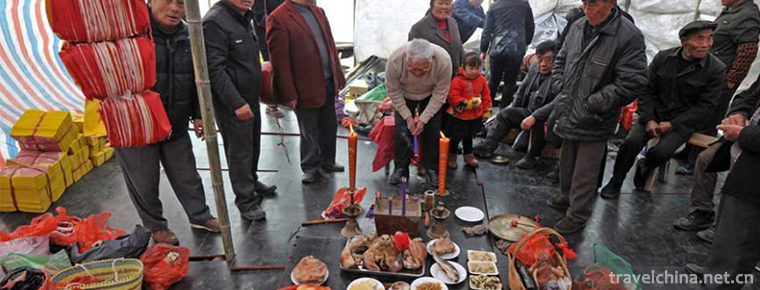
- By ChinaWiki.net
- Chinese Edition
- 2019-06-26
Netboat Club
Netboat Club is an ancient traditional folk custom and folk religious and cultural activities. During the period of the Republic of China, around the Qingming Festival and the Mid-Autumn Festival, tens of thousands of boat household villagers gathered in Liuwang Temple near Jiangsu and Zhejiang provinces to meet the gods. In the democratic village of Lotus Township in the suburb of Liu Wangmiao, during the Republic of China, boat people from all over the country successively established religious groups to worship Liu Wang, such as Shanghai Xingongmen, Laogongmen and Baxian Society in Jiangsu and Zhejiang.
On May 23, 2011, the Netboat Society was approved by the State Council to be included in the third batch of national intangible cultural heritage lists.
Present situation
In 1958, the netboat fair was suspended and Liu Wangmiao was demolished and transformed into a silk weaving factory. However, there were still many worshippers coming from other places. In 1979, there were more than 50,000 people, and in 1986, there were more than 100,000 people burning incense. More women and boat people burned incense. Farmers in Jiangsu came by boat on a special trip. In June 1986, the government of Lotus Township built "Liu Park" at the original temple site, aiming to give new educational significance to this old custom and highlight the function of economic and cultural activities. There were also stone bridgehead temples near the old Liu Wang temple, and temple fairs were held during the netboat fair.
Honor
On May 18, 2010, the Ministry of Culture of China announced the third batch of national intangible cultural heritage list of recommended projects (new entries). Xiuzhou District, Jiaxing City, Zhejiang Province, declared the "net boat club" was selected and included in the category of intangible cultural heritage of folk items.
In 2011, netboats will be included in the third batch of national intangible cultural heritage list.
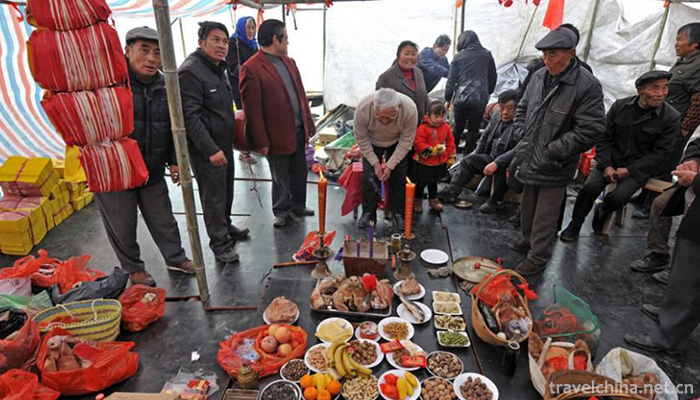
Ask a Question
Your email address will not be published.
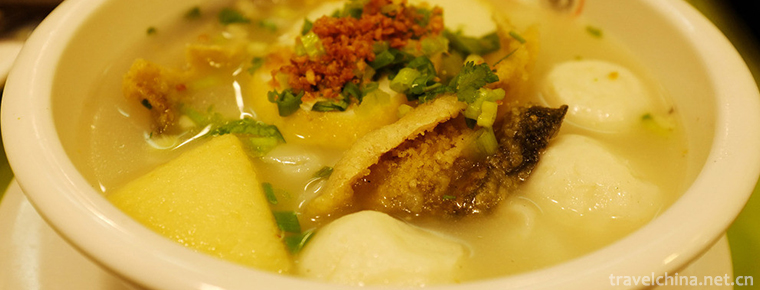
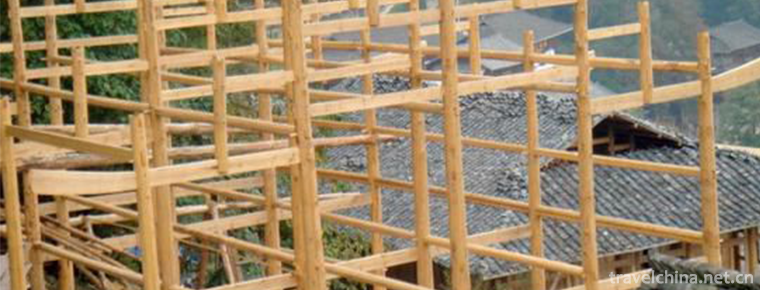
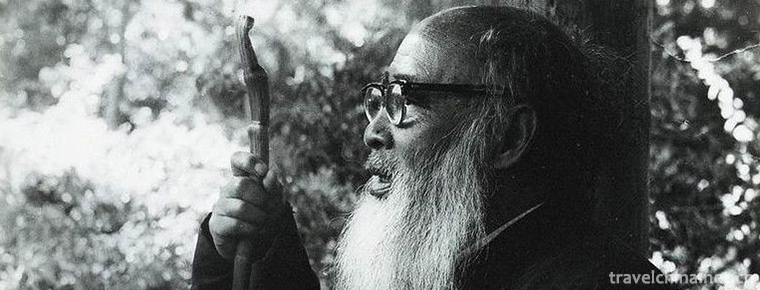
0 Questions